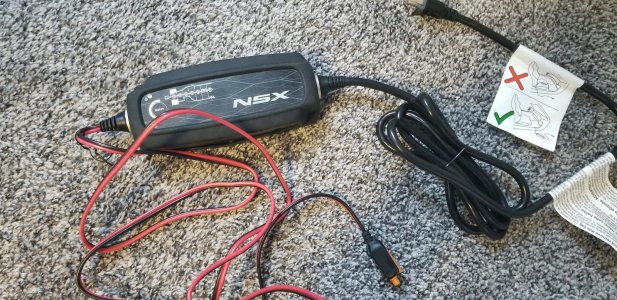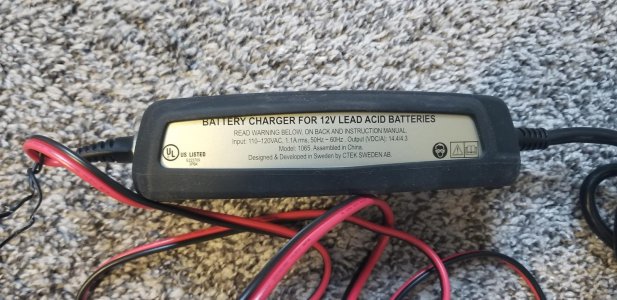Hi,
Living in OH means I need to store the NSX for the winter...and who know when the temps will change and the snow will come here!
My quesions are:
1. I know it's best to have a fresh oil change before storing, but how fresh? For example, if I got one now and then stored in November (assume 1K miles/mo.). Will the oil not be fresh enough (I do not track it). Or, should I wait another month or so and then get it done?
2.Similar question...if there are a few nice days mid-winter, can I get the car out, or should I leave it hiberate in the garage with the fresh oil?
Living in OH means I need to store the NSX for the winter...and who know when the temps will change and the snow will come here!
My quesions are:
1. I know it's best to have a fresh oil change before storing, but how fresh? For example, if I got one now and then stored in November (assume 1K miles/mo.). Will the oil not be fresh enough (I do not track it). Or, should I wait another month or so and then get it done?
2.Similar question...if there are a few nice days mid-winter, can I get the car out, or should I leave it hiberate in the garage with the fresh oil?











